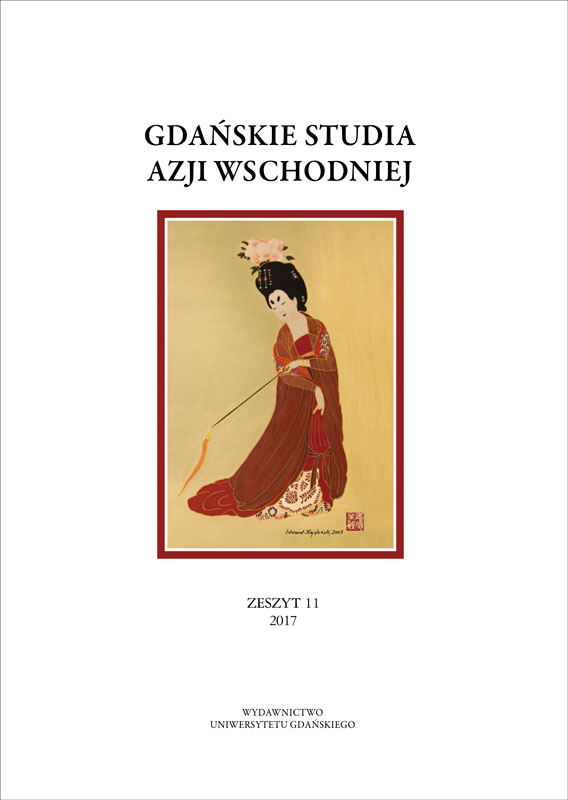Shaolin kung fu/wushu – skarb narodu chińskiego
Abstrakt
The history of Chinese martial arts is both turbulent and interesting as the history of China itself. They played a crucial role during turning points on many occasions. This treasure of national importance almost vanished due to the events of the Cultural Revolution. The article presents a shortened history of the traditional Shaolin kung fu. The role of Bodhidharma – an Indiam Buddhist who settled in a temple is also explained. Additionally, there is an attempt of explaining the terminology, precisely kung fu or wushu, what is correct? Also the characteristics of Shaolin martial arts are given. All is concluded with the description of imitative boxing and its technical principles. Namely, they are the Five Animals style including the crane, tiger, leopard, snake and dragon, mantis, monkey and others. A very peculiar example of this kind of styles is the drunken one. This technique is explained in details. When dealing with traditional wushu one must be aware of the fact that it is an endless and hard way of self-improvement and development. And the final success is not only connected with sport achievements.
Downloads
Bibliografia
Lu Hongjun, Yang Hui, Li Chunsheng, Chinese Shaolin Kung Fu, Beijing 2007.
Geng Zhi, Liang Yiquan, Shaolin Martial Arts, Beijing 1987.
Liu Haichao, Shaolin Gong-Fu. A Course in Traditional Forms, Henan Scientific and Technical Publishing House [b.m.] 1994, s. 2–4.
The story of Shaolin,„KungFu Magazine.com”, http://www.kungfumagazine.com/magazine/article.php?article=90 (dostęp: 15.08. 2016).
A. Braksal, Tai chi chuan – chińska sztuka walki,medytacji i zdrowia, Warszawa 1992.
Cai Longyun, The Eighteen Arhat Methods of Shaolin Kungfu, Hong Kong 1986.
Cai Longyun, Shao Shankang, Zuijiuquan: A Drunkard’s Boxing, Hong Kong 1997.

 Uniwersyteckie Czasopisma Naukowe
Uniwersyteckie Czasopisma Naukowe





